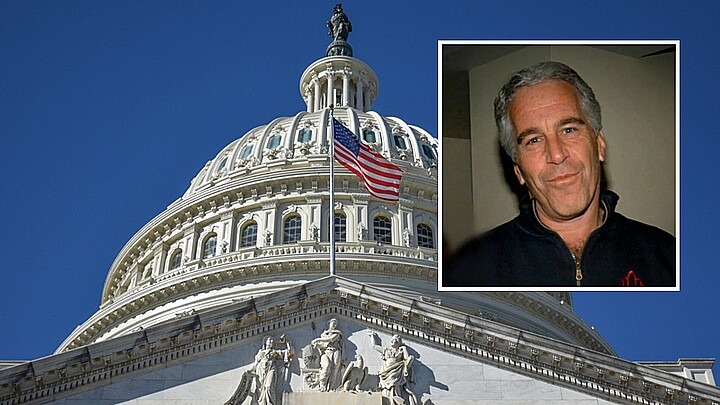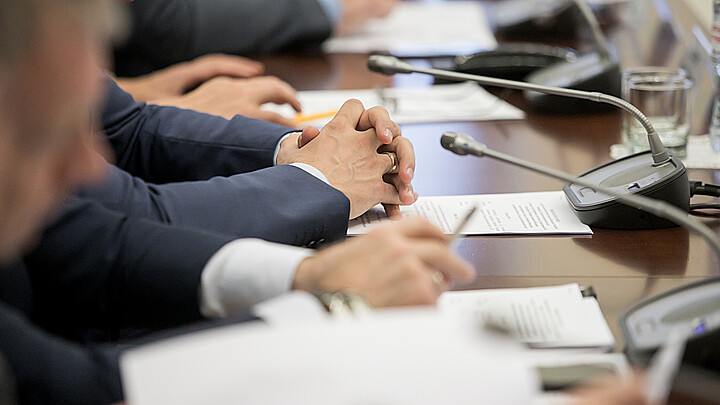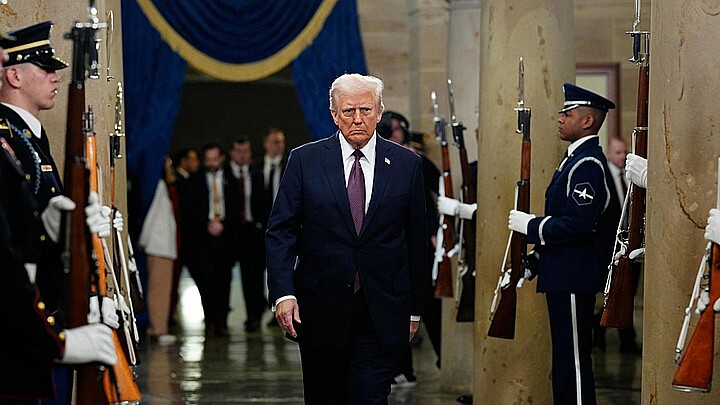Politics
The Biden administration says sending troops to Ukraine is 'not on the table'
The president told the press that the U.S. reaction would would ultimately “depend upon what the rest of the NATO countries were willing to do"
December 8, 2021 2:59pm
Updated: December 9, 2021 5:45pm
President Biden told reporters on Wednesday that the U.S. is not considering sending troops to Ukraine as fears over a possible Russian military invasion continue to grow.
“That is not on the table,” Biden told the White House press corps.
“We have a moral obligation and a legal obligation to our NATO allies if they were to attack under Article 5, it’s a sacred obligation. That obligation does not extend to … Ukraine,” he added.
While the president noted that the U.S. reaction would would “depend upon what the rest of the NATO countries were willing to do,” he rejected the idea that his administration would “unilaterally use force to confront Russia” should the Kremin invade Ukraine, a strategic U.S. ally, The Hill reported.
Biden’s comments came a day after he spoke with Russian President Vladimir Putin over a secure video call in an attempt to de-escalate tensions between Russia and Ukraine.
According to a White House statement about the call, Biden "voiced the deep concerns of the United States and our European Allies about Russia's escalation of forces surrounding Ukraine and made clear that the US and our Allies would respond with strong economic and other measures in the event of military escalation."
“I made it very clear, if in fact he invades Ukraine there will be severe consequences,” Biden said, adding that he assured Putin that his administration was prepared to impose economic penalties “like none he has ever seen.”
When asked by reporters if he believed that Putin understood the severity of his threat, the president replied, “I am absolutely confident that he got the message.”
On Monday, Pentagon officials confirmed that U.S. intelligence has continued to observe increased Russian “military capability” along Ukraine's eastern border and in the annexed peninsula of Crimea.
U.S. Army Chief of Staff Gen. James McConville also noted that "somewhere around 95,000 to 100,000 Russian soldiers" were already posted on the Russian side of the border.
Sources familiar with the available intelligence have also noted that Russia has erected supply lines, including medical units and fuel, that could help sustain a drawn-out conflict.
"What we continue to see is added capability that President Putin continues to add, added military capability in the western part of his country and around Ukraine," Pentagon spokesman John Kirby said.
Ukrainian officials recently warned that Russia could invade as early as January – much like when it annexed the Crimean Peninsula in 2014.
The Kremlin, however, has attempted to paint Ukraine and NATO as the aggressors – pointing at increased hostilities between Ukrainian forces and pro-Russian separatists. Putin has also asked NATO nations to sign a legally binding commitment which would prevent Ukraine from joining the Western military alliance.
Although Biden made clear that the U.S. had no plans to militarily intervene on Ukraine’s behalf, White House national security adviser Jake Sullivan told reporters on Tuesday that a Russian invasion of Ukraine could lead to the U.S. sending additional troops to NATO’s eastern flank. Sullivan also suggested that the U.S. could provide additional defensive support to Kyiv.
Biden’s remarks have made clear that the U.S. would not act first, however, and any intervention would necessarily depend on the reaction of other NATO countries.
“The United States is not currently considering using unilateral force to confront Russia,” said Karine Jean-Pierre, the White House’s principal deputy press secretary. “That is not our current focus, but we are preparing for all contingencies, as we have been doing for weeks now.”
Although it remains unclear if Biden’s warning to Putin will serve to deescalate tensions, Jean-Pierre told the press that the ball is now in the Kremlin’s court.
“The goal here is de-escalation. The goal here is to go down a path of diplomacy,” she added.










